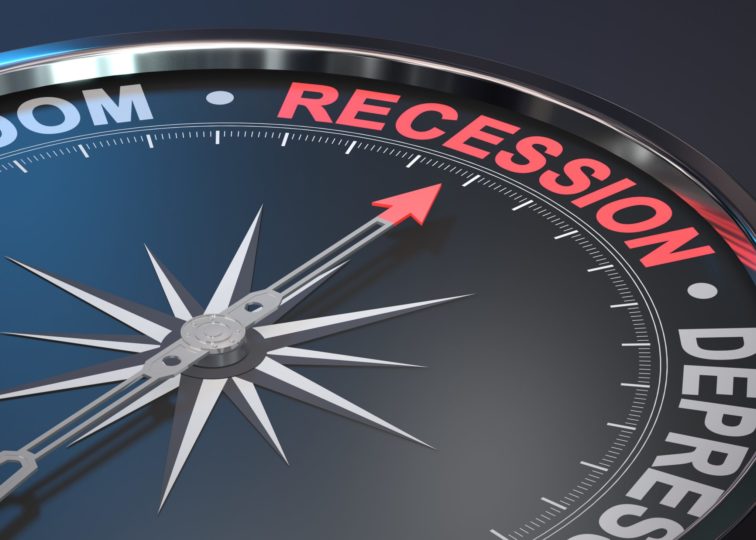
Blog
Can Lipstick, Skyscrapers, or Men’s Underwear Predict a Recession?
March 28, 2022
Economists and analysts are always looking for some indication of where the economy is heading, and while most stick to traditional economic indicators, some think more off-beat sources of information can give a clearer sense of economic momentum. CNN Business provides an interesting overview of some of the more unconventional data points economists pay attention to and what they can tell us about consumer behavior and economic growth.
A favorite economic indicator of former Federal Reserve chairman Alan Greenspan is men’s underwear sales. The story goes that Greenspan once told a reporter that, because men’s underwear shopping habits tend to be so consistent, any time they slow, it means that consumers are feeling pinched. In the wake of Greenspan’s comments, people began tracking the “men’s underwear index,” and sure enough, sales slowed significantly from 2007 to 2009 during the Great Recession and picked up steam in 2010 as the economy recovered.
Similarly, Estee Lauder’s “lipstick index” noted that sales of cosmetics, lipstick in particular, increase during economic downturns. The reasoning, according to chairman Leonard Lauder, is that when women are unable to purchase more expensive items, they opt for smaller pick-me-ups like make-up. In fall 2001, when the economy was reeling from September 11th, lipstick sales rose 11%, and during the Great Depression, cosmetic sales climbed by 25%.
Another off-kilter index is the “skyscraper index,” created in 1999 by an analyst at Barclays who posited that an increase in very tall buildings precedes an economic downturn and that when a building that breaks the record for world’s tallest is completed, a recession or economic crisis is imminent. The Empire State Building was finished in 1930, just as the Great Depression was beginning. The completion of Sears Tower and the World Trade Center’s Twin Towers came in the early 1970s, just before years of stagflation began. The completion of Dubai’s Burj Khalifa came just two months before the government nearly defaulted. The index’s creator noted that the cheap credit, over-investment, and rampant speculation that lead to the creation of such buildings also signal the top of an economic cycle.
While economic indicators like these can be entertaining and occasionally insightful, they do not always hold up to historical scrutiny and should be taken with a grain of salt.
